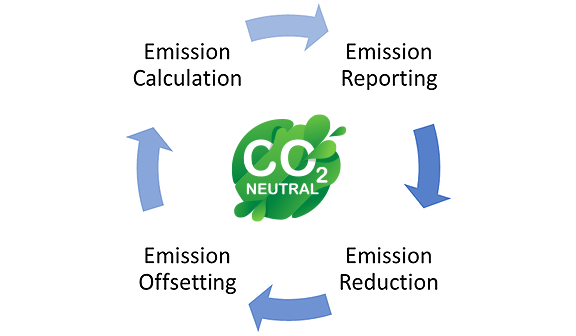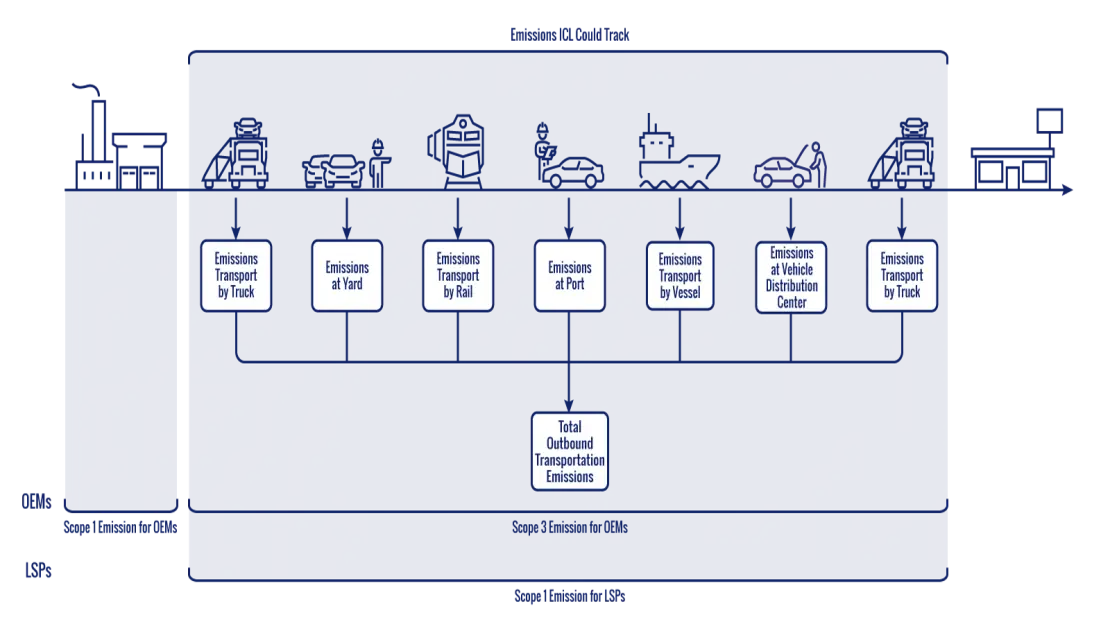Media Sharing
Get More from ICL Directly to Your Inbox



Premier visibility for railcar tracking & management
Trusted 3PL expertise for finished vehicle logistics
End-to-end visibility for finished vehicle shippers
Turnkey solution to manage your yard operations
Optimize or design your transportation network with ease
Streamline your load for maximum efficiency
Even more custom service solutions to support all your logistics needs
We're proud to be a leader in product visibility and invoice auditing solutions throughout the logistics supply chain. Learn more.
Looking to join our team of award winning experts? Check out our open positions now.
We want to hear from you! Get in touch with us today.
For the fine print on our privacy policy, cookies and data, & more.
See how we keep your data safe with certified security practices, secure systems, and constant monitoring.

After various heatwaves in the polar region, forest fires in Australia and other natural disasters, the issue of climate change is playing an increasingly important role. It is no longer just environmental associations, nature conservationists or youth movements such as Fridays for Future who point out the relevance of climate protection. Solutions are also being discussed in global politics and economics. Legal regulations and standards are increasing; at the same time, more and more companies are fulfilling voluntary obligations to contribute to climate protection. Nevertheless, many scientists warn that current measures are not enough to stop global warming.
The basis for global climate protection was laid in 2015 with the Paris Agreement. It is the first binding international treaty to fight climate change. The almost 190 contracting parties aim to keep global warming well below 2° C. Major factors in global warming are various greenhouse gases (GHG).
In the EU and the US, the logistics transport sector is responsible for more than a quarter of total greenhouse gas (GHG) emissions. Only in the area of energy and heat generation do larger quantities of emissions arise. Using the example of the EU, the following graphic shows how GHG emissions are distributed among the various modes of logistics and transport.

The graphic shows that most of the emissions come from road transport. The air and sea transport modes account for a little more than 13%. Due to the high degree of electrification, rail transport in Europe causes hardly any emissions.
Besides logistics transportation, the automotive sector is significantly affected by new requirements and regulations. Both sectors also play a key role in the so-called EU Green Deal of the incumbent EU Commission President Ursula von der Leyen. The EU Green Deal aims to make the EU completely climate-neutral by 2050. The finished vehicle logistics industry, responsible for the transportation of the manufactured finished vehicles, is therefore under double pressure.
In the area of Finished Vehicle Logistics, the topic of GHG is now omnipresent, especially in Europe. Many automobile manufacturers see their global responsibility and set ambitious goals, which include a step-by-step reduction of net-zero carbon emissions, CO2 reductions in logistics and achievement of climate, neutrality between 2040 and 2050. To achieve these goals, GHG emissions must be reduced in all three scopes. Since, from the point of view of the vehicle manufacturer (OEM), logistics services are indirect emissions, all activities in the area of finished vehicle logistics are to be assigned to Scope 3. WHAT ARE THE THREE SCOPES OF EMISSIONS? LEARN MORE HERE. To realize the above-mentioned reduction targets, four steps are essentially required. These are shown in the following graphic.

Source: ICL Systems
The basis is the calculation of the status quo emissions. A large number of logistics and transportation data is required for this, such as vehicle weight, transport distance, etc. Digital tracking solutions are particularly suitable for this, such as ICL’s transport management system (VLMS), which provide the required data quickly and reliably. Learn more about benefits of our Finished Vehicle Management System.
To get a complete picture of all emissions in the finished vehicle supply chain, a calculation of the CO2 footprint of finished vehicles must be made for each transport section. The following graphic illustrates this.

The second step is to prepare a report of the calculated emission quantities in an internationally recognized format. In this way, comparability can be ensured. This is followed by a reduction in emissions, for example by optimizing the network and logistics supply chain. The remaining emissions can then be compensated in the last step. In the best-case scenario, the cycle is run through until there are no more emissions.
In addition to good logistics data quality, uniform calculation and reporting methods are of great importance for success. Currently, there is no uniform standard that is specially adapted to the needs of vehicle logistics. The standard that comes closest to the needs is the Global Logistics Emission Council (GLEC) Framework. Established in 2014 by Smart Freight Centre (SFC), the GLEC Framework is an internationally recognized methodology for the calculation and reporting of logistics emissions. It combines a variety of methodologies, such as DIN EN 16258 or the GHG Protocol. Want to learn more about calculating and reducing emissions in the finished vehicle logistics supply chain? Download the GHG and FVL Fact Sheet
If you want to find out more about the GLEC and emission tracking in the finished vehicle logistics industry, get in touch with us.


